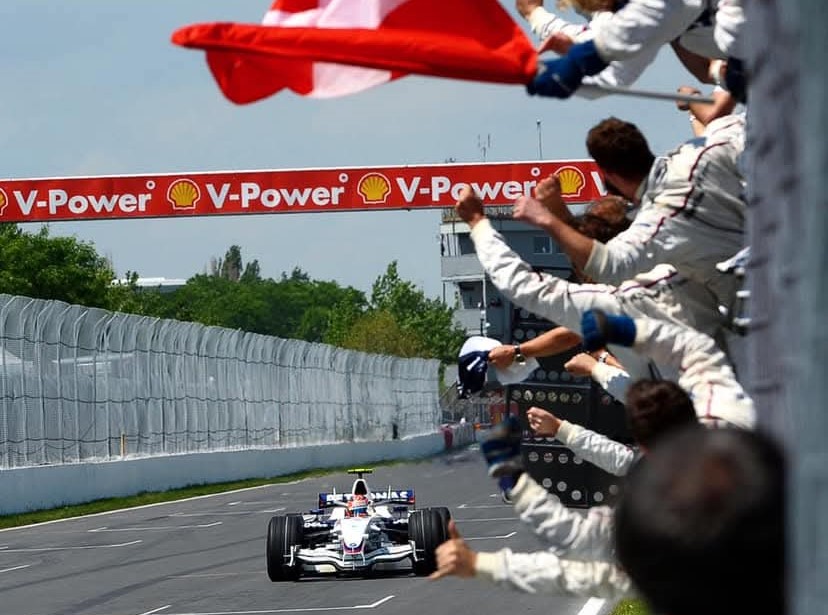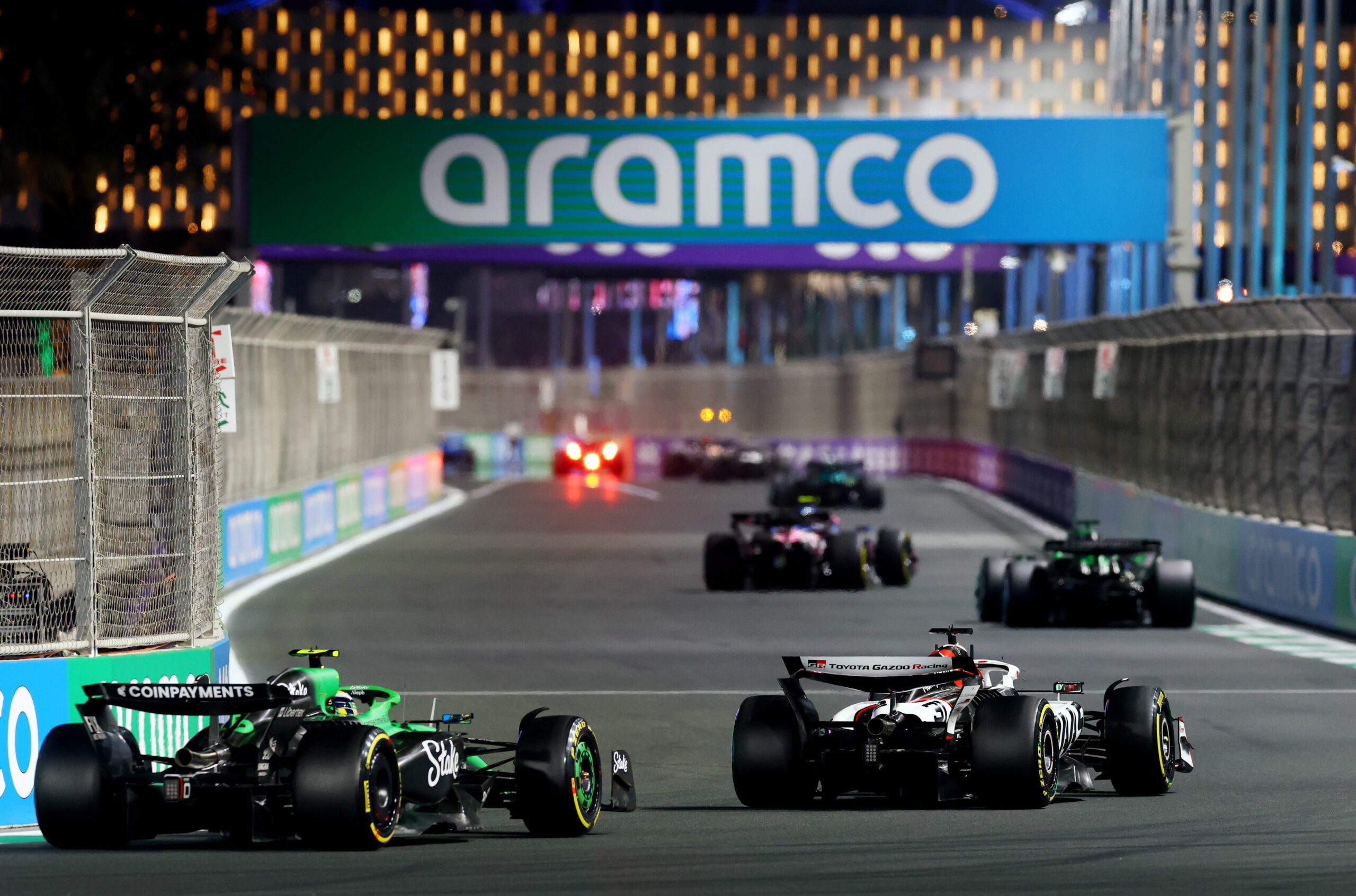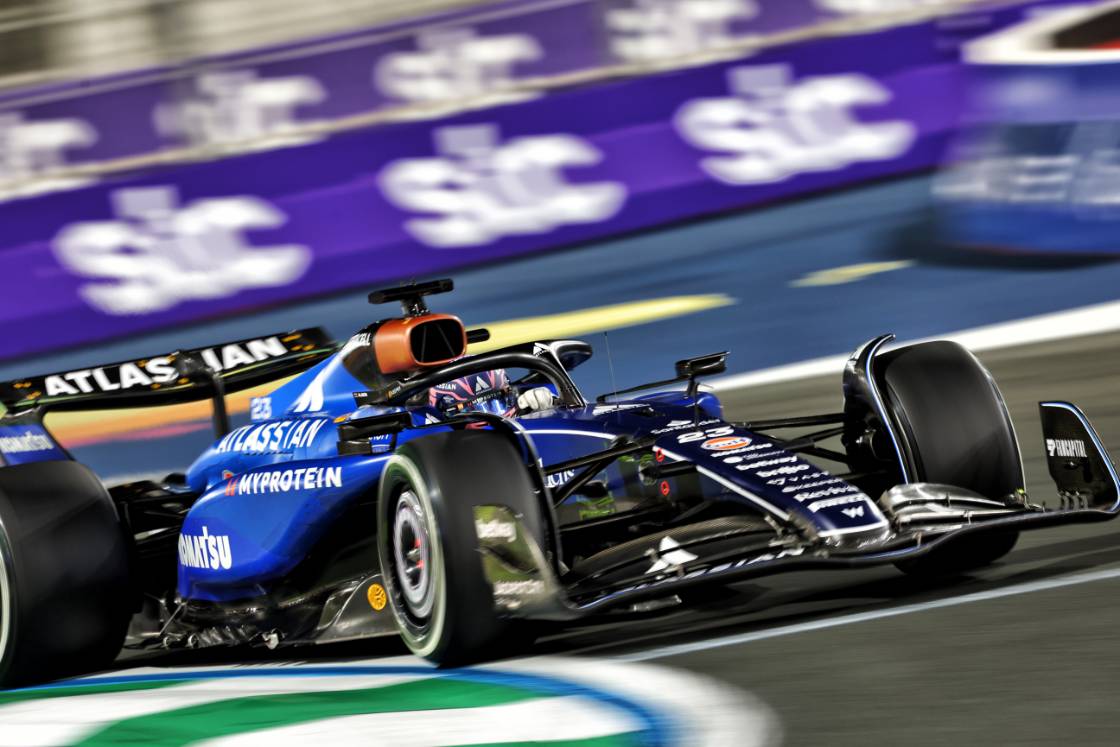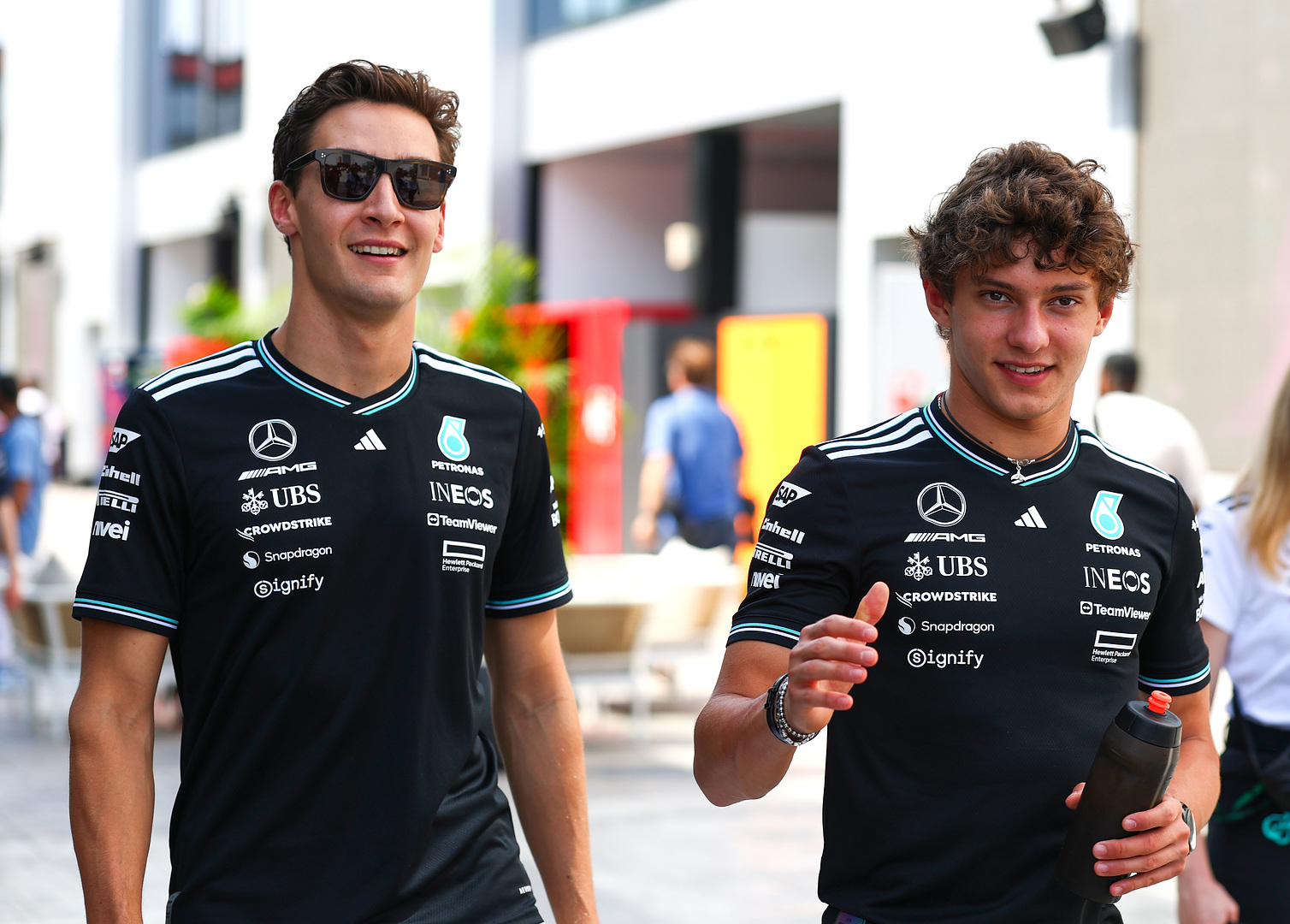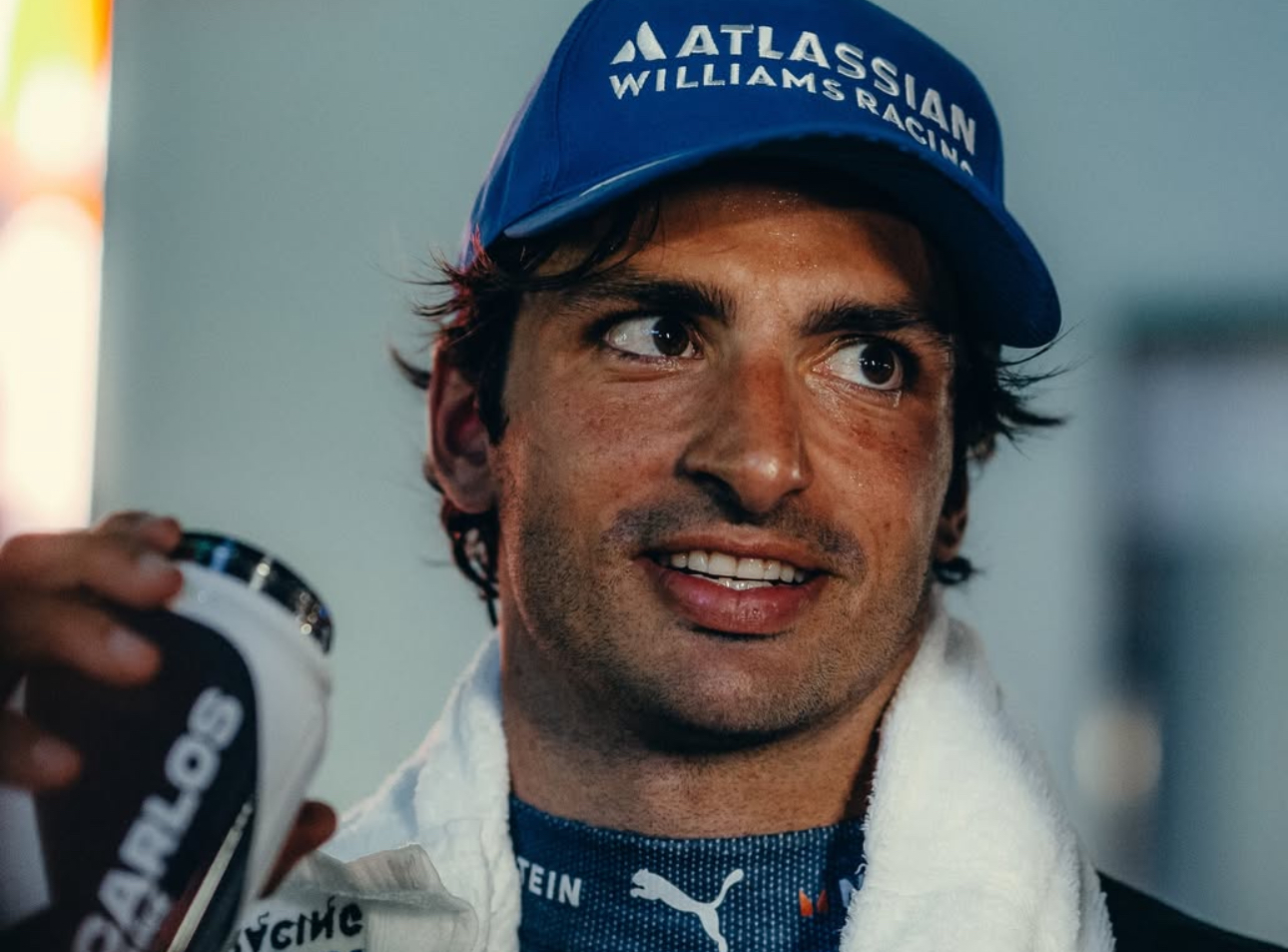Pit Debrief recently had a chance to interview former Formula 1 engineer Marco Schüpbach about his career at Sauber, the BMW Sauber years, and the experience of working with drivers such as Sergio Pérez, Nico Hülkenberg and Robert Kubica.
In the first part of this exclusive interview, Marco Schüpbach discussed the BMW Sauber era and shared his firsthand experiences working with Kubica. He reflected on the Polish driver’s immense talent, his ability to extract the most out of his car, and the regret of BMW pulling the plug on their F1 project after the 2009 season.
Kubica impresses on F1 debut with BMW Sauber
At the end of 2005, BMW acquired Sauber, and began competing in Formula 1 under the name BMW Sauber. Nick Heidfeld and Jacques Villeneuve made up the original lineup for the 2006 season, with Robert Kubica signed on as the team’s reserve driver.
Asked about his first impressions of Kubica’s on-track ability and whether there was a defining moment that showcased his raw talent, Marco Schüpbach admitted he was not present at the very first test the Polish driver participated in.
“I vividly remember some very fast lap times in the 2006 winter tests and the good job he did for us when he drove the third car on Fridays that year,” he said.
This early speed would soon translate into race performances, with Kubica making his F1 debut midway through 2006, replacing Villeneuve at the Hungarian Grand Prix.
On Saturday, Kubica outqualified his more experienced teammate to place in the top 10. He went on to score points on debut, finishing seventh, but was later disqualified for having an underweight car.
Asked about Heidfeld’s ability and how he stacked up against Kubica, Marco Schüpbach said: “Quick Nick was very reliable, possibly with a tiny bit less raw speed than Robert.
“Nick handled a nervous car very well. Robert needed a stable rear end, Nick a little less so.”
A sensational podium finish in Monza
Kubica secured his first Formula 1 podium in just his third race at the 2006 Italian Grand Prix, finishing third behind race-winner Michael Schumacher and McLaren’s Kimi Räikkönen.
Marco Schüpbach recalled how the team reacted to this milestone as the Polish driver held off Felipe Massa throughout the Grand Prix.
“Massively impressed,” he said. “Bear in mind that he scored a [seventh] place in his very first race but was disqualified for being underweight—a matter of a few hundred grams.
“He was just so naturally gifted and had a very fresh approach. I remember a funny story: While JV [Jacques Villeneuve] and NH [Nick Heidfeld] fussed around with their steering wheels, culminating in personalised hand grips made from moulded silicone, Robert was just proudly getting along with the traditional brushed leather surface, ‘I don’t need this stuff .’ And he was like this considering many things. Just a brilliant bloke and blisteringly fast.”
Dramatic crash in Canada
One of the most harrowing moments in Kubica’s career came at the Canadian Grand Prix in 2007, where he suffered a dramatic crash.
Kubica was chasing Jarno Trulli’s Toyota. As they approached the hairpin, Kubica’s BMW Sauber clipped his rival’s car.
The impact sent Kubica wide onto the grass, where he hit a bump and was launched into the air. He made contact with the wall, sending debris flying as the car spun wildly, losing three of its wheels in the process. The BMW Sauber then barrel-rolled across the circuit, before finally coming to a stop on its side against a barrier. By the end of its violent dance, the car was little more than a mangled wreck.
“When it happened, I sat behind the telemetry rack having no info at all,” Marco Schüpbach recalled.
“There was a telemetry and radio coverage issue around the hairpin. So, no info and no comms when the wreck came to a halt with his feet sticking out of the tub.”
The panic was immediate. “‘What just happened? How many G’s did he suffer? Is he alive?’ We knew no more than you guys,” Marco Schüpbach admitted. “My next thought was, ‘I will stop with this.’
“We visited him in the hospital that evening, and he was all smiles and joking around, and my thought disappeared.”
The aftermath
Despite the high-speed nature of the crash, Kubica emerged from the wreckage largely unscathed, though he was taken to the hospital for precautionary checks. Remarkably, he came away with a sprained ankle and some bruises.
Then-BMW Sauber test driver Sebastian Vettel stepped in to replace him for the United States Grand Prix, but Kubica was already back for the following round in France. Amazingly, he finished P4 on his return.
Marco Schüpbach said, “In a way, upon his return, we were not that impressed because we knew how small the injuries were. I mean, the fact that his legs were intact was a miracle. Of course, now that I think about the mental strength, it was awesome.”
Montreal redemption: the 2008 victory
A year after his horrific crash, Kubica returned to Canada and took his maiden—and, regrettably, only—Formula 1 victory. The triumph saw Kubica become the first Polish driver to achieve this feat.
Race leader Lewis Hamilton dove into the pits under safety car conditions. On exit, he collided into the back of Kimi Räikkönen’s Ferrari while the Finnish driver was stationary at the red light. Both drivers retired from the race in the aftermath of the incident. Kubica found himself in a great position to capitalise.
The key role Nick Heidfeld played
Heidfeld played a pivotal role by letting his teammate pass during the race to help him build the crucial gap needed for his two-stop strategy to succeed.
Marco Schüpbach detailed how important Heidfeld’s cooperation was in ensuring the win.
“Yes, Nick was instructed to let Robert past,” he said.
“And it was crucial to make our two-stopper work. In the worst case, we could have lost the victory altogether and finished behind Coulthard with both cars instead.
“When we told [Kubica] how many laps he had to pull this gap, I think it was around 18 laps, which was a massive task. I think his reply was ‘OK’ or ‘copy.’ Not more. And he did it. Not a mistake in those laps. Reminded me of [Michael] Schumacher that day.”
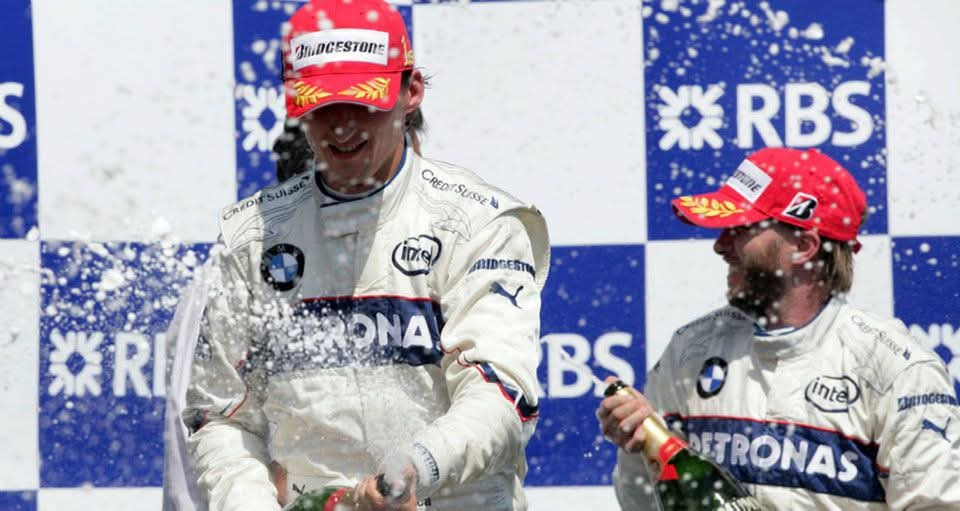
BMW Sauber ultimately secured a milestone 1-2 finish.
Marco Schüpbach described the team’s emotions after the win: “The feeling was just pure happiness and thankfulness. One of the best days of my life.
“BMW’s marketing department was quite unimpressed that the boys were waving the Swiss flag at the pit wall. But there were simply no BMW flags available, so it was all fair play. The partying was also solid—anyone who has been to Montreal will know this.”
Kubica’s career-defining season
2008 proved to be the most successful season in Kubica’s Formula 1 career. It started on a high note, with Kubica taking his first pole in Bahrain. Although the career-best qualifying position didn’t translate to a win on that occasion, it set the tone for the strong performances that followed.
After the win in Canada, Kubica briefly took the lead in the Drivers’ Championship.
While the retirements of Hamilton and Räikkönen in that same race played a role, Kubica’s remarkable consistency throughout the first half of the season cannot be overstated.
The Polish driver finished in the top four in six of the first seven races. He would go on to achieve a total of seven podium finishes in 2008, placing a career-best P4 in the Drivers’ standings, while the team finished third in the Constructors’ championship.
“Awesomely good,” Marco Schüpbach said, reflecting on Kubica’s exceptional form in 2008.
“It was only his second full year. He should have had the pole already in Australia but for a small mistake, he finally got it then in Bahrain. But it was not only 2008.
“In 2009 he was very good in a disastrous car; in Bahrain we were last and second last, but in Brazil back on the podium. In 2010 he dragged that Renault a few times to the podium.”
Missed potential and “the real regret”
After BMW Sauber halted development after the Canadian Grand Prix, opting to shift its focus to the 2009 car, the F1.08’s performance dipped significantly in the second half of the season. Suddenly just making Q3 was an accomplishment.
Nevertheless, Kubica consistently extracted the maximum from the car, making three more podium appearances in Valencia, Monza and Fuji. Despite his best efforts, he ultimately slipped to fourth in the standings, 23 points behind Hamilton, who went on to become world champion with McLaren.
It was a season that left many wondering what could have been had BMW Sauber continued its development push.
“I didn’t support that decision, but I also think that we were very close to the maximum that the F1.08 concept could bring, therefore the gains were already getting small in the wind tunnel, so one can understand that,” Marco Schüpbach said.
“So naturally, it would not have been easy. But you don’t stop fighting when you have a chance. I can’t say what would have happened but, you know, at least keep battling! Robert did.
“It also might have had an impact on the long-term strategy because we had such a dog of a car in 2009.”
The exit of BMW
BMW exited Formula 1 at the end of the 2009 season after its air-cooled KERS system proved to be uncompetitive. Kubica moved to Renault for 2010, replacing the Ferrari-bound Fernando Alonso.
“I still believe we would have had a go at the World Championship after 2009, had the BMW board decided to continue,” Marco Schüpbach admitted. “This is the real regret for me and it still pains me sometimes.”
What could have been…
Although the BMW Sauber project unraveled, Kubica’s stock remained high.
As Marco Schüpbach mentioned, Kubica added three more podiums to his tally while racing for the French team in 2010. At the time, he was regarded as one of Formula 1’s brightest stars, yet to reach his peak. He was expected to join Ferrari for the 2012 season.
Then everything changed. Kubica suffered a devastating accident while competing in the Ronde di Andora rally during the winter off-season in 2011. His Skoda Fabia collided with a wall at high speed, and was sent hurtling into a metal guardrail that punctured the cockpit of the car.
It took rescue workers over an hour to extricate Kubica from the wreckage before he was airlifted to the hospital. The Pole underwent a critical operation. He sustained severe injuries to the right side of his body, including a sub-amputation of his right forearm.
Despite the positive outcome of the surgery, Kubica was forced to miss the 2011 season. Although he returned to motorsport, his focus shifted to rally, with his Formula 1 career suspended indefinitely. He would later take part in several test sessions throughout 2017, signing on as Williams’ test driver for 2018.
A return to F1 with Williams
Kubica eventually returned as a full-time driver for the 2019 F1 season. He was teammates with rookie George Russell at Williams. It was one of most remarkable post-accident comebacks in Formula 1 history.
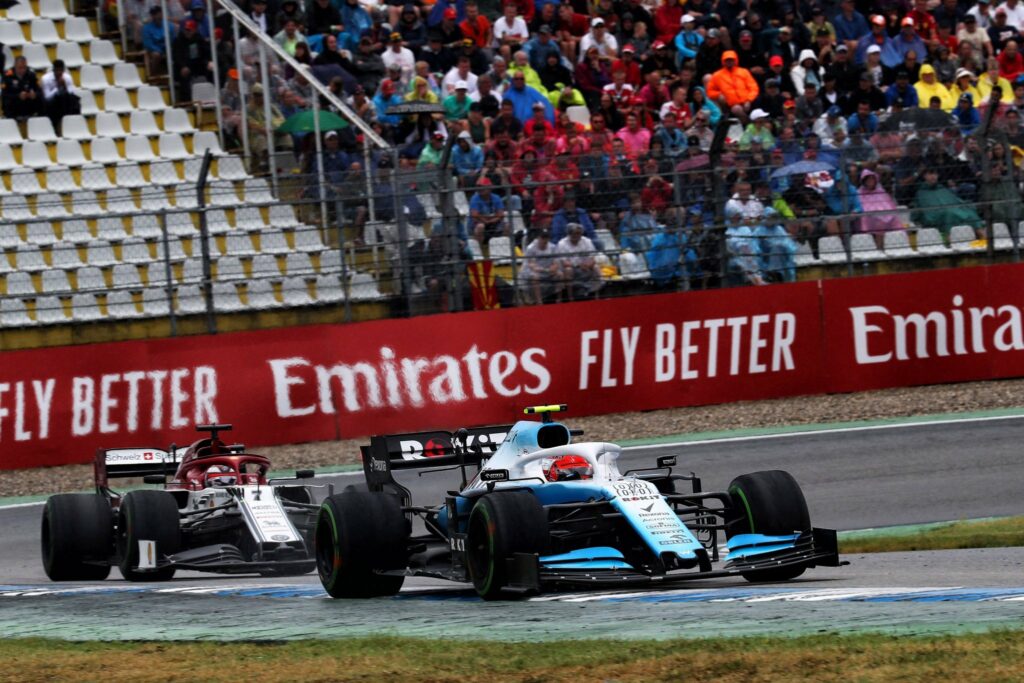
However, the team’s financial struggles and poor performance left Kubica battling at the back of the grid for much of the year. He parted ways with Williams after just one season. After a brief stint as Alfa Romeo’s reserve driver, he moved away from Formula 1.
He is currently competing in the World Endurance Championship (WEC). Kubica is driving the #83 Ferrari 499P, AF Corse’s Hypercar entry.
World Champion potential
Had it not been for that rally crash in 2011, Marco Schüpbach believes Kubica’s name would have already been etched onto the World Champions’ trophy by now.
“I have no doubt that Robert would be world champion now without that fateful day in Italy,” Marco Schüpbach said. “The top teams could not have ignored him, and he would have ended up in a worthy car.”
When asked who was the most complete driver he ever worked with, his response was clear:
“The Polish Rocket. No doubt about it. He was already very complete and would have become even better.”

